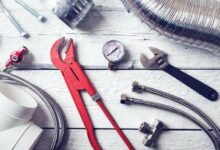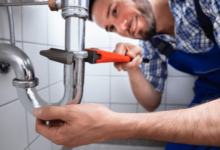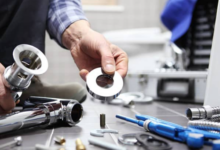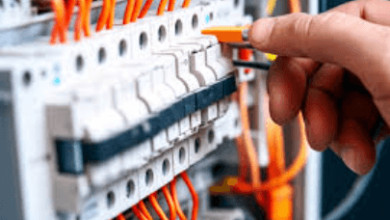Home Plumbing Leak Inspection Checklist; Helping your Plumber Help You
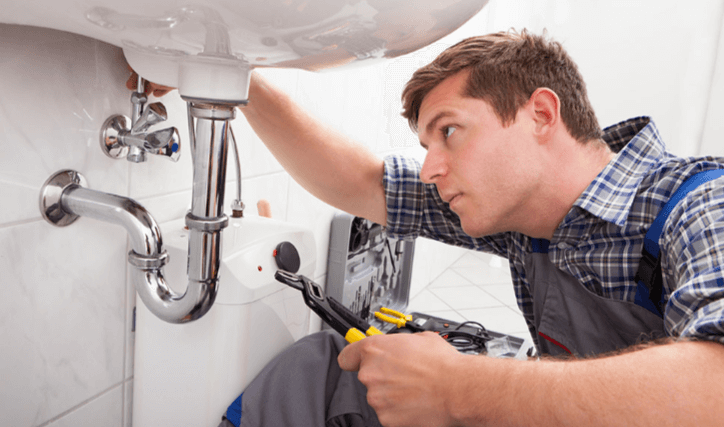
Beat your plumber to the job and give them a list of what to fix by following this quick inspection recommendation. You and I do not possess plumbing skills. That does not mean we are helpless against their knowledge. Your eyes are the best tool a plumber could ask for.
You live in your home and spend more time there. When you have a plumbing problem call a plumber in Northern Beaches. They will need you to tell them the plumbing system symptoms you are witnessing. If you don’t know what you are looking at, you can wait too long for repairs or be taken advantage of by unscrupulous companies.
Where are the main locations for water use and plumbing fixtures? Your kitchen, bathroom, septic/sewer, or around the house are the areas you can inspect. Let us break them down and highlight areas of concern for your professional plumber to check.
- In your kitchen, you have faucets and lines to leak check at your sink and possibly your refrigerator ice maker. Your dishwasher is not easy to inspect. Any leaking should be evident from under the unit. Under the sink, you can test shutoff valves for operation and verify your garbage disposal isn’t causing a mess.
- In the bathroom, looking for leaks in the shower or sink should be easy. There is a wax ring under your dunny and you will know when it is leaking. There are shutoff valves here for maintenance, check that they work. In the bathroom, the biggest problem is clogged drains.
- Your septic system is located in the bowels of your home and may not be easily accessible. For this inspection, we want to rely upon professionals. A failed sewer line can have disastrous and expensive results.
When looking around the house for leaks, check your washing machine intake and outlet for secure lines and no blocked drain.
- Your water heater can be another source of damage and expense when it fails. Regular cleaning is something you can and should do.
- Your home or system branch shutoff valves should be identified and marked for emergency shutoff.
- Testing the pressure of your water system is the fastest way to check for system leakage. Individual leaks will need to be located.
- Don’t forget to look outside. Spigots and hoses can be forgotten and wastewater easily.
- Finally, check your sump pump is evacuating build-up.
Get to know your home before calling professionals. Knowing where shutoff valves are will give you a layer of safety for any DIY projects you attempt. Do not try to save $100 on a plumber to cost yourself $5000 in damages. Your insurance may not cover your work as you are not licensed to perform the work.
Build a relationship with your tradesmen. A chippy, sparky, or dunny diver will save your wallet.


